Where is the best place to put a raised garden bed? 6 key factors to help you find the ideal spot
It is essential to take into account the practicalities and any climatic conditions
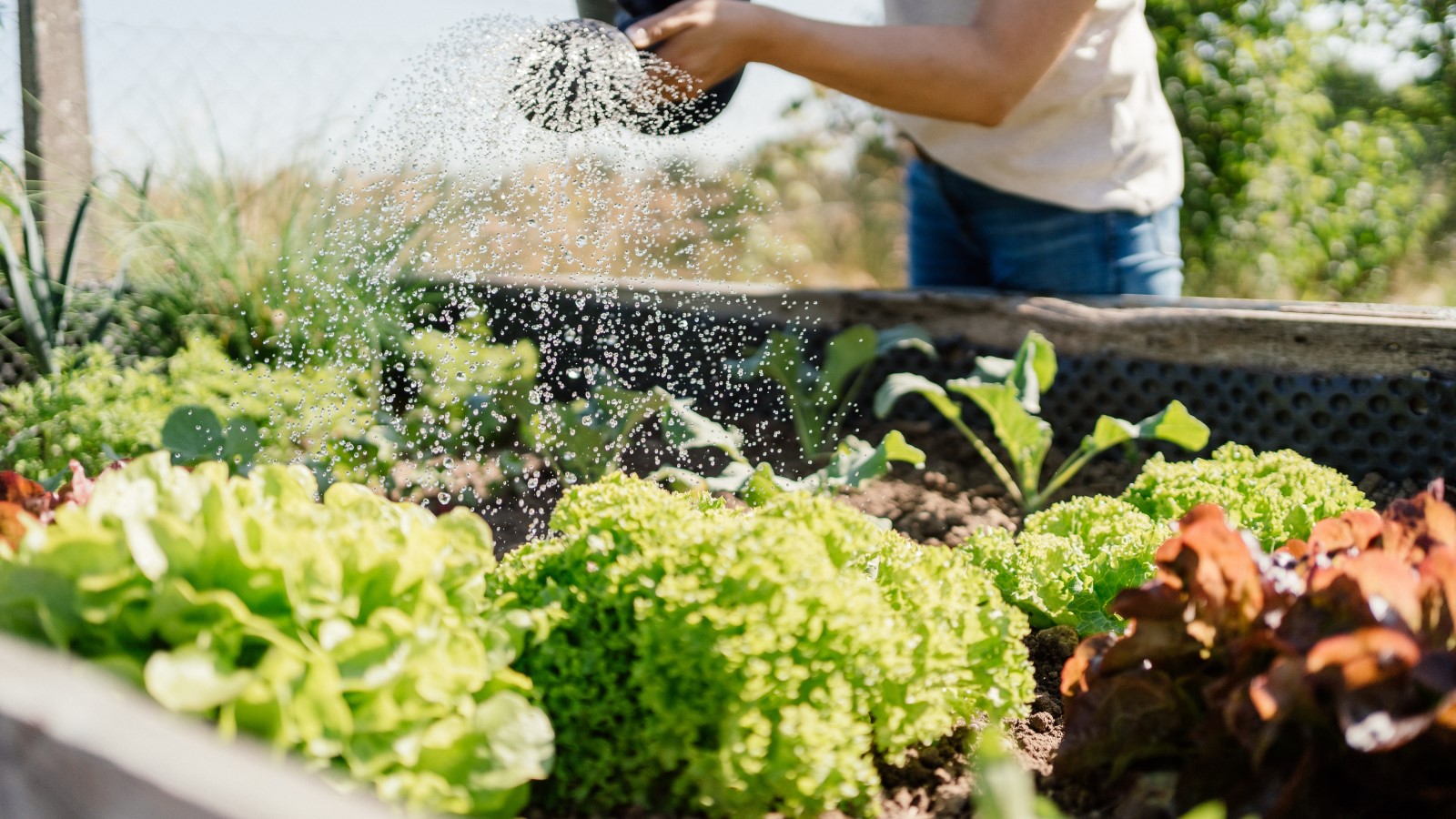

Raised garden beds are a practical and hugely popular way of growing flowers and vegetables in a backyard. They offer a wealth of advantages to the gardener, though their location does require serious thought.
You may have many raised bed garden ideas, whether it is the materials they are made of or a wishlist of what you want to grow in them. Getting the location right will have a huge impact on what plants will thrive in them and how easy the beds are to manage.
It is vital to take into account factors such as the light levels, axis, micro-climate, and convenience when deciding where to build your raised garden beds. The old adage goes ‘act in haste, repent at leisure’ – if you rush and build beds in the wrong place then you will soon have lots of time to dwell on your errors.
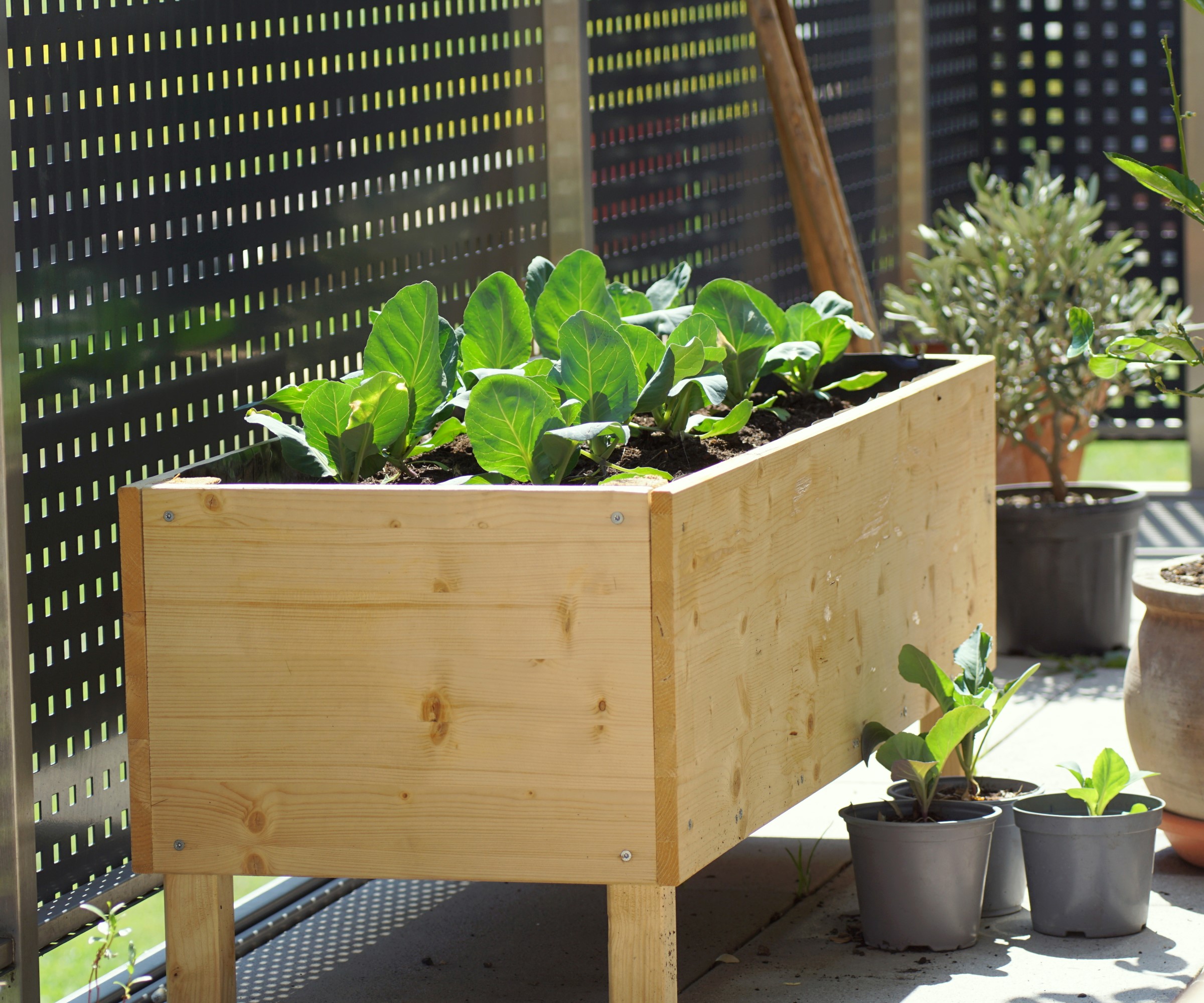
Raised beds can be used to grow plants on a balcony
Key points to consider when choosing where to place a raised garden bed
If you are thinking of building a raised garden bed, there are many decisions that you will have to make. It includes thinking about materials as beds can be made of many different things, such as brick, stone, wood, or you can get pre-made kits such as the Boldly Growing wooden raised garden bed kit from Amazon. It will include the size and there are other questions to consider too, such as how deep should a raised garden bed be, and how wide should a raised garden bed be.
The size of the bed, and location of the raised garden bed, is often dictated to some degree by the size of your outdoor space. Even in a small backyard space there will be different potential places to put a raised bed. Getting the location wrong, often due to poor planning, creates a plethora of problems that you will be battling from the start.
For anyone wanting to avoid making a common raised bed gardening mistake, we look at 6 key factors to consider for where is the best place to put a raised garden bed in your backyard.
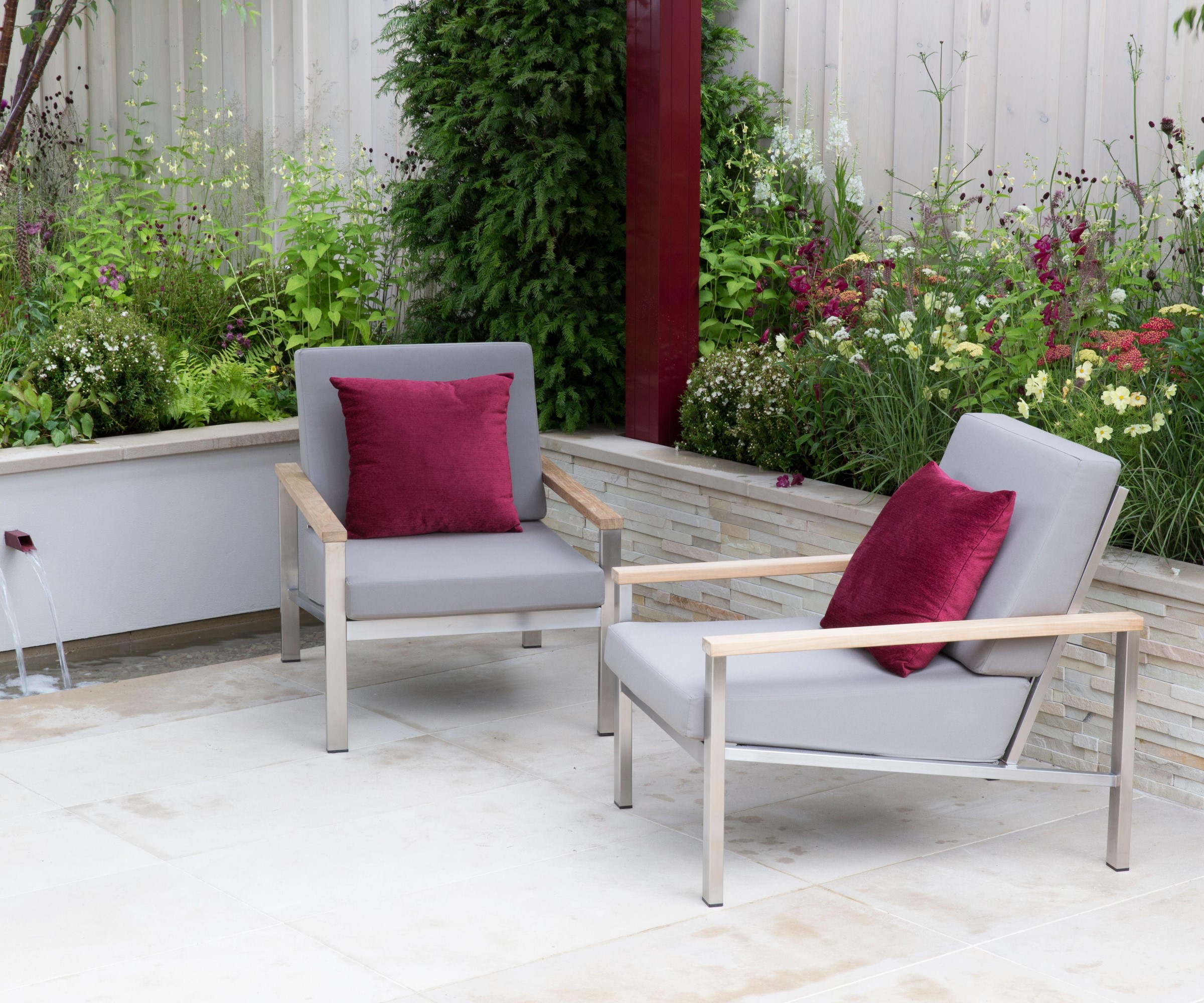
Raised beds can be given a modern look for urban yards
1. Sunlight levels
The amount of sunlight the bed will get is the most important factor to take into consideration when planning raised garden beds. All plants need sun to thrive and the amount of sunlight you get will affect what you can grow. A minimum of six hours is ideal, however you can still grow many vegetables with down to four hours a day. There are many plants and vegetables to grow in shade and it just requires a bit of pre-planning to suit your plants to the location.
Design expertise in your inbox – from inspiring decorating ideas and beautiful celebrity homes to practical gardening advice and shopping round-ups.
Lorraine Johnson, co-author of A Northern Gardener's Guide to Native Plants and Pollinators, admits ‘a sunny location is best’ though you can utilize a part-shade location with a limited range of crops that do fine in those conditions.
‘For vegetables, many do best in full sun, though some do well in part-shade, including leafy greens such as spinach, kale and Swiss chard, and root vegetables such as carrots and parsnips,’ she says. ‘For flowers, you have a lot more choice, with a wide variety that do well in sun, part-sun, part-shade and shade. The most important thing is to match the plants with the conditions.’
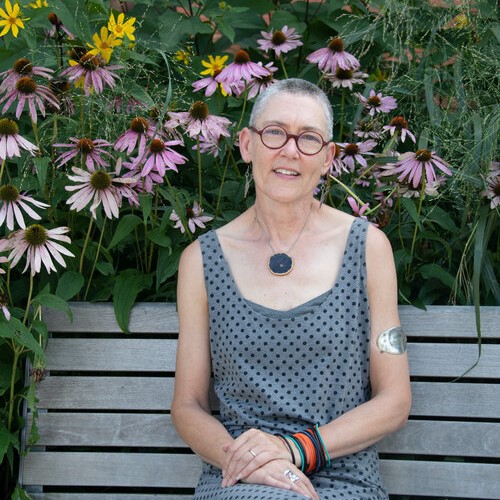
Lorraine Johnson is a writer, editor and community advocate. She has written numerous books on growing native plants, gardening for pollinators, restoring habitat, and producing food in cities. Her latest book is A Northern Gardener’s Guide to Native Plants and Pollinators, available at Amazon
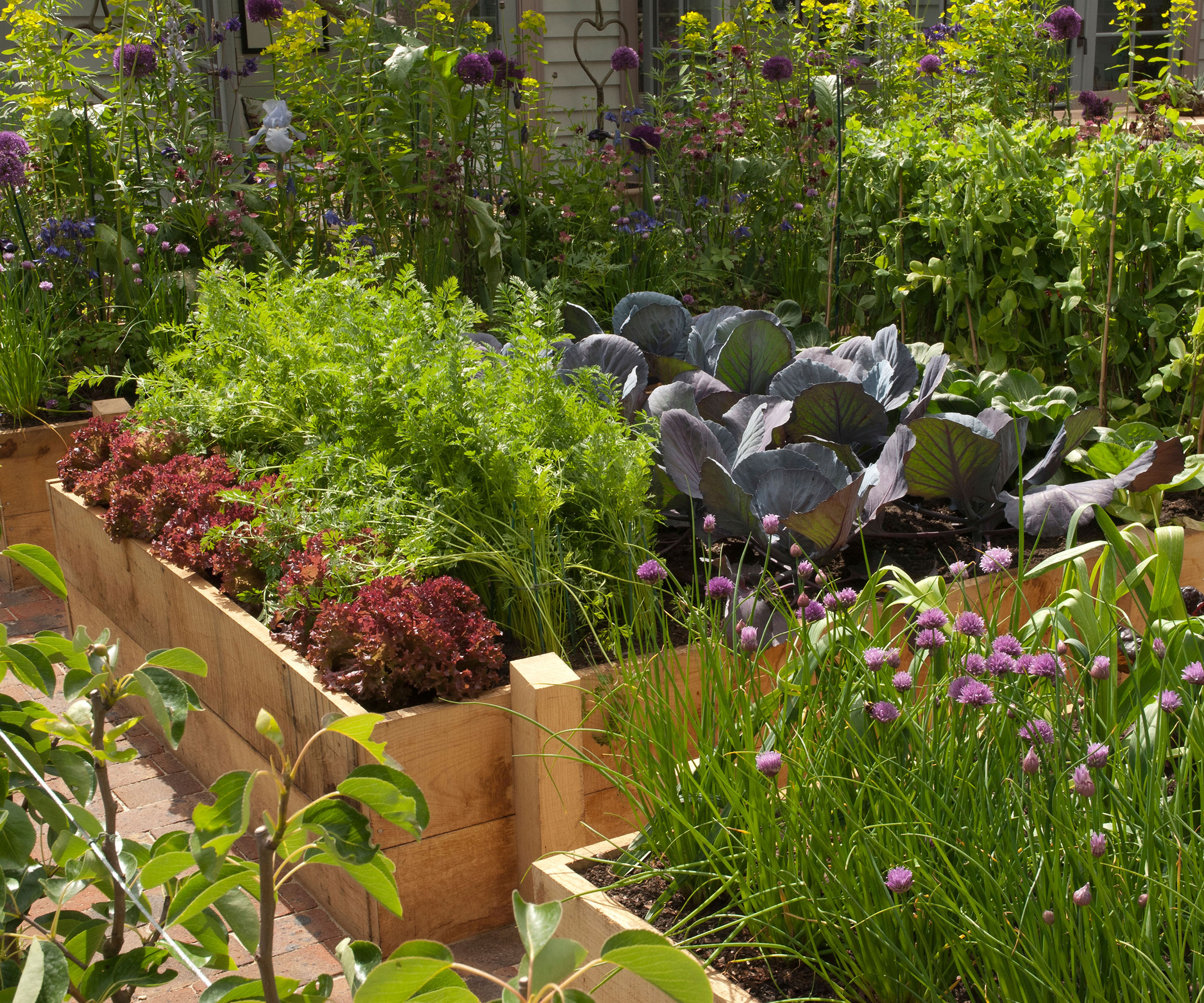
Many vegetables, including leafy greens and root crops, will grow in part shade
2. Axis of the raised bed
Another important point that needs to be considered is the axis in which the raised bed will face. The axis refers to the line that the raised bed will run and it will have an impact on how much sun the raised bed will get at different times of the day, and different times of the year as the sun tracks lower after the summer solstice. Understanding the direction your garden faces is crucial to any plans, such as when starting a vegetable garden, as which area gets the most sun at different times of the day will impact which plants will thrive there.
Mary-Kate Mackey, a garden writer, says that the axis is important to consider, but there are opportunities to use it to your advantage. She says: ‘If beds can be placed on a north/south axis that is best. But if not, be aware that taller plants may shade lower ones. This can be good for extending the season on cool-weather plants like lettuce by giving them a bit of shade in the hot afternoons.’

Mary-Kate Mackey is a multi-award-winning garden writer and the co-author of The Healthy Garden – Simple Steps for a Greener World, available at Amazon. The book connects what happens in our own backyards with what goes on outside our fences – in our communities, our public gardens, and our wild places. She gardens in Eugene, Oregon.
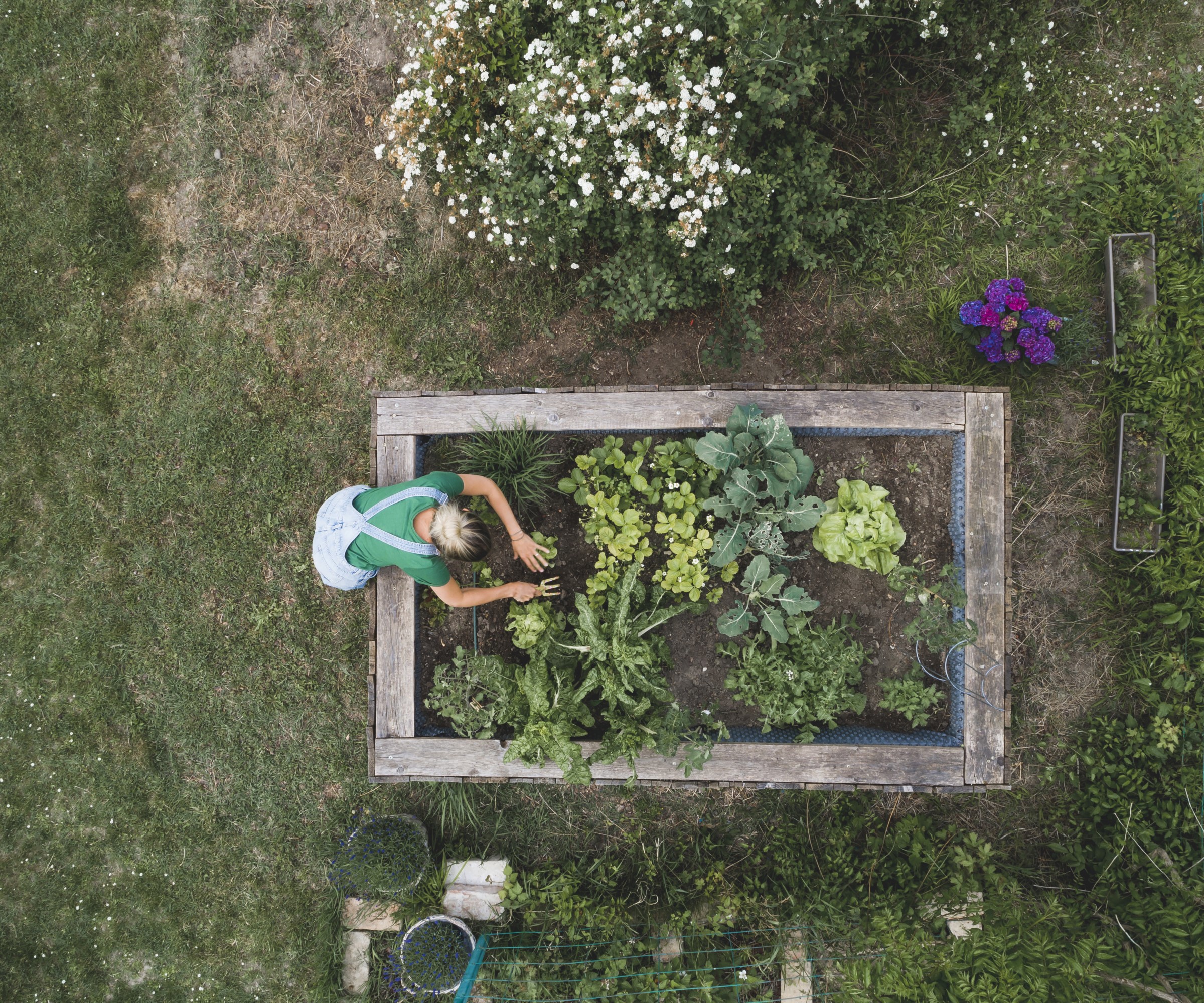
The direction the raised bed faces will dictate how much sun it gets each day
3. Proximity to other structures
Consider the proximity to structures, such as backyard walls or garden fences, when planning where to build a raised garden bed. Ideally, the bed should be placed on the south side of structures to prevent being excessively shaded. Placing the beds next to fences or walls could result in them, or part of them, also experiencing a decrease in rainfall than other parts due to the obstruction.
This rain shadow effect can mean you having to water more. A rain shadow is also important in container gardening as if pots are too close to walls or fences they can miss out on any important rainwater.
However, garden designer Martyn Wilson admits that a wall can provide some benefits to raised beds if your site is subject to strong winds. He says: ‘Think about protection – if your garden is exposed, then place your beds near a wall or hedging so there is less risk of wind damage.’
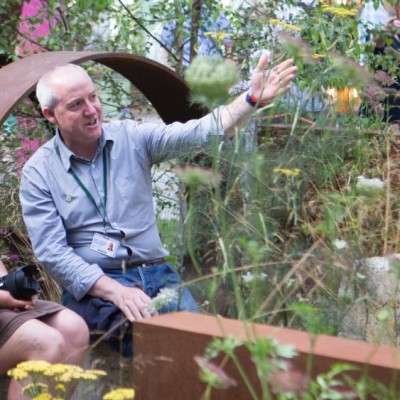
Award-winning garden designer Martyn Wilson has won gold medals at the Royal Horticultural Society Hampton Court Place Flower Show in the UK and is a member of the Society of Garden Designers
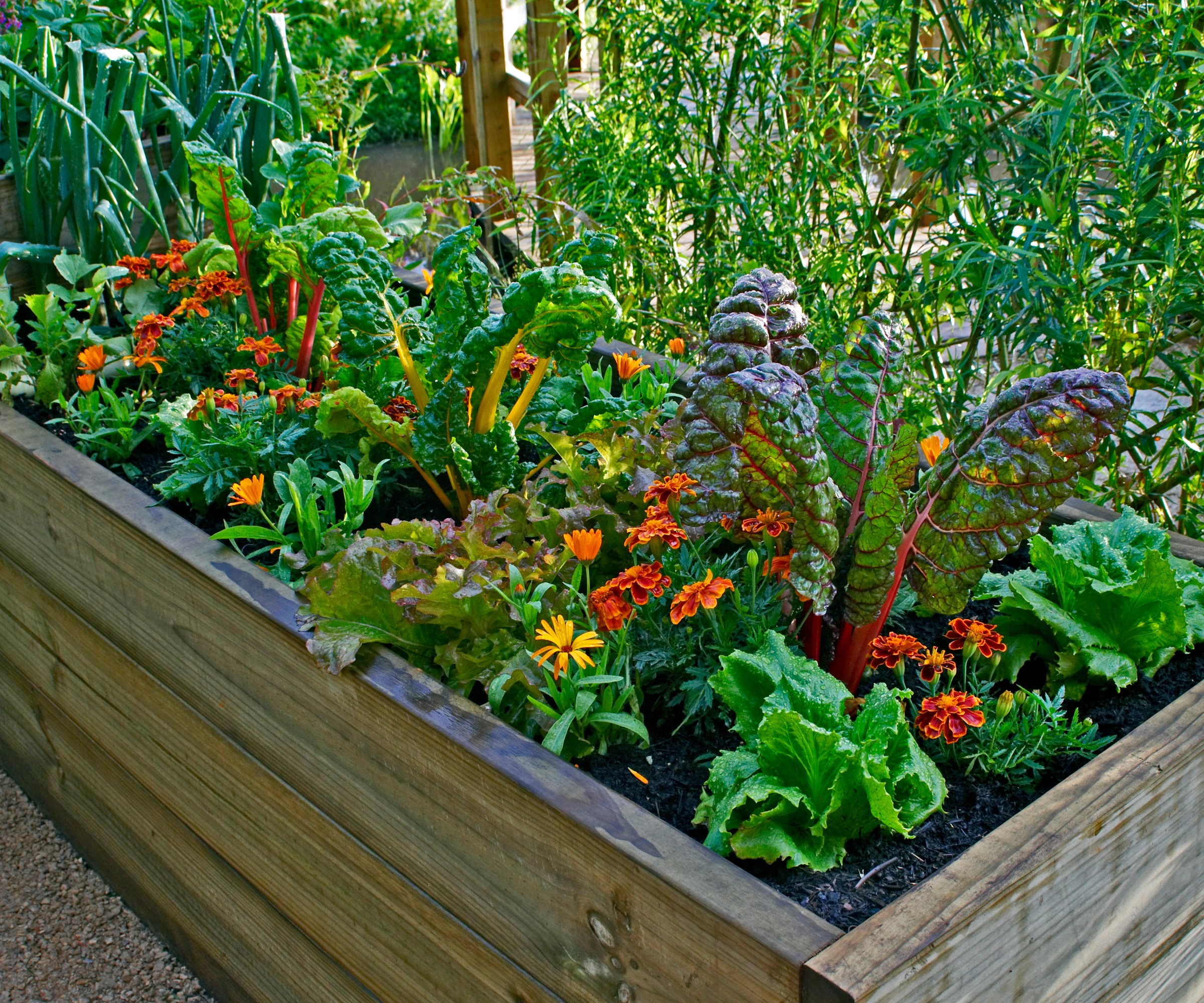
A raised bed near a fence can be protected from strong winds
4. Micro-climate
Know your space and know the intricacies of different areas of your yard. The topography, aspect and exposure of the yard will all affect what you can grow in the raised garden beds. Every backyard will have its own variations that need understanding by looking and analyzing the surroundings, buildings or existing trees or hedges.
When taking into consideration where to put a raised garden bed, always make sure you are not placing it in a frost pocket. These frost pockets, also known as frost hollows, are much colder and have higher risks of early and late frosts. That means a slower overall growing season.
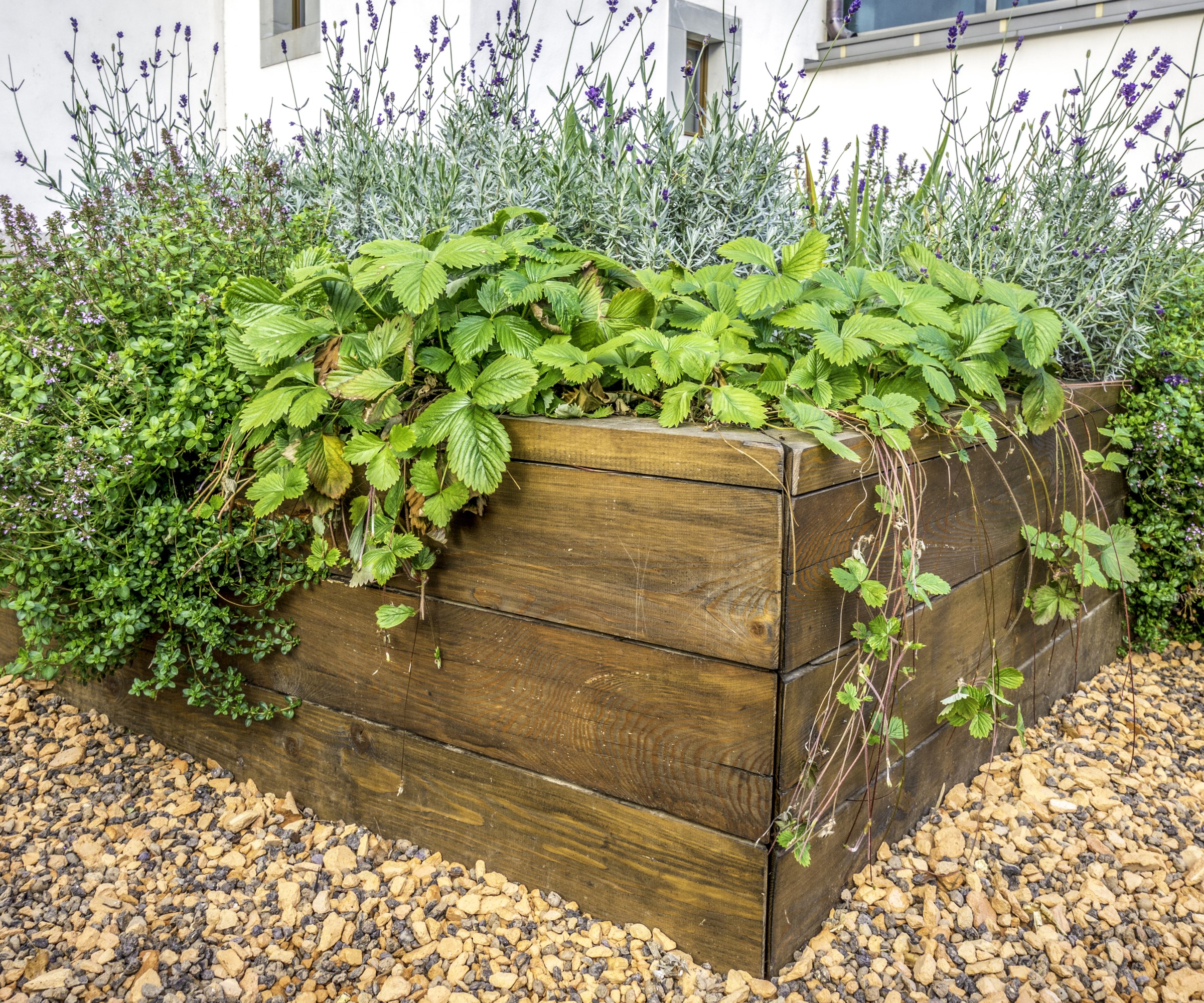
Raised beds near buildings can be features and add curb appeal
5. Proximity to a water source
When deciding on the best location for a raised garden bed, it is important to think of the proximity to water. A failure to take this into account will lead to struggles. Lorraine Johnson claims: ‘The main factors to consider when placing a raised bed include the amount of sunlight that will reach the bed and the distance to a water tap.’
Take care to think about where the closest outdoor faucet is to be able to fill watering cans or use hoses for watering. You are going to spend a lot of time watering plants by hand unless you install irrigation systems, which still will need connecting to the water supply.
If the raised bed is too far from the water, then it will involve lots of long trips with a heavy watering can during summer or dragging hoses across the backyard. Take into consideration how you will water your beds and, if possible, try to get it near a faucet or buy or make a rain barrel and place it nearby to help out.
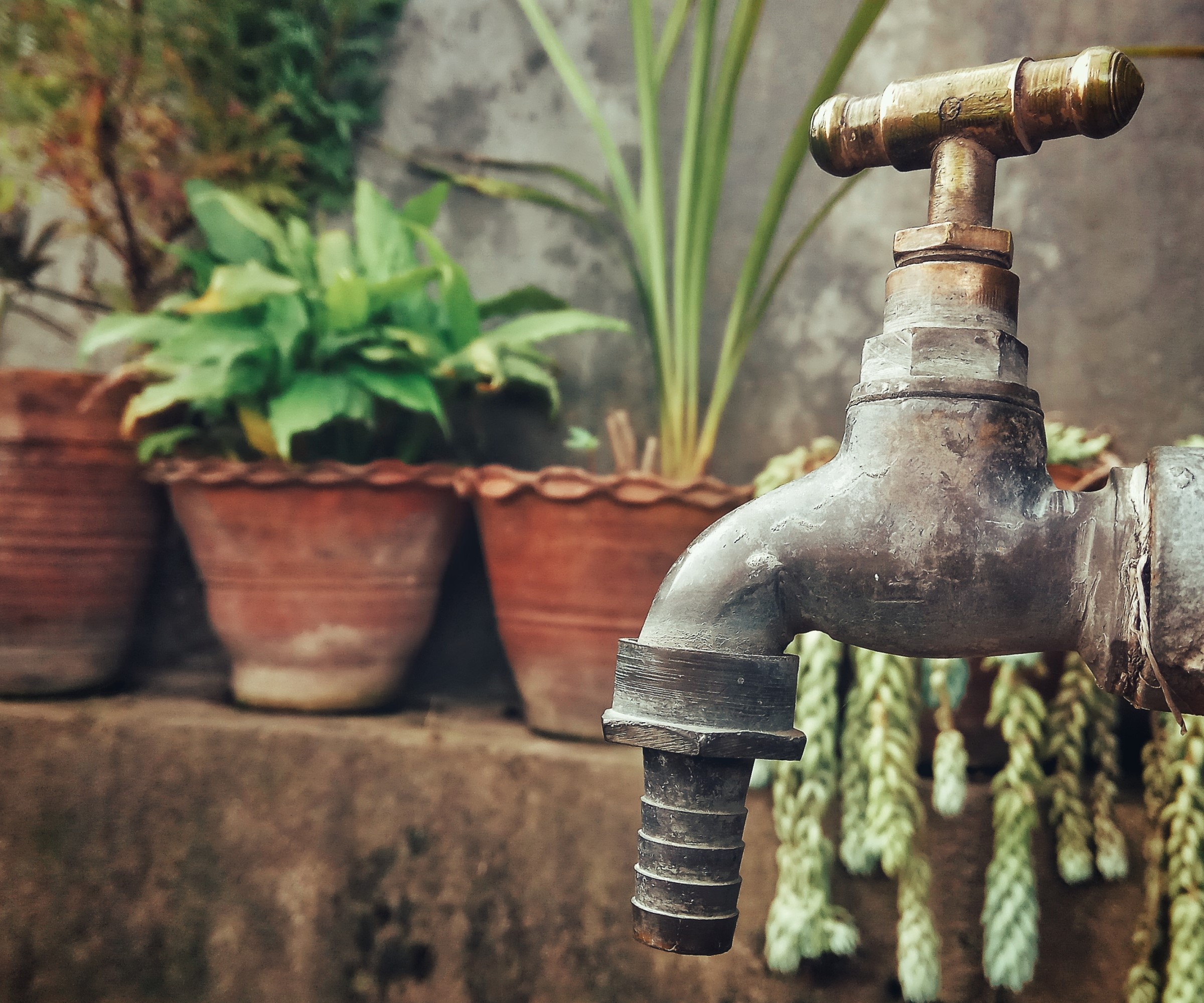
Avoid putting a big distance between your outdoor faucet and the raised beds
6. Ease of access
As well as proximity to water, you want the raised garden bed to be convenient and easy to access. It will make life easier if you can get tools to it and have space to work in and remove garden debris without too much fuss.
Garden designer Martyn Wilson also advises to consider whether the aim is for the raised bed to be practical, aesthetically pleasing, or both. And if it is the latter, to ensure you make the most of it. He says: ‘Do you want to make the bed a feature of your garden? If so, make sure it’s clearly visible from your house. Why not position one close to your home as a salad bar, filling it with salad crops and herbs that you can easily pick?’
If you want the bed to be a visible feature then that may have an impact on how tall the raised bed will be and also the materials you choose for it.

Lettuces grown close to the home allow for easy picking
Raised garden beds offer great solutions to anyone who has poor soil in their backyard as they can control the quality of soil in a raised bed. Such raised beds are also fantastic alternatives for people with mobility issues and can also be distinctive kitchen garden ideas used as features that not only look good, but serve a useful purpose.
It is important that a lot of thought is put into where the raised garden beds are placed, taking the six points above into consideration, as there is a lot of potential for it to go wrong and it will cause real struggles if they are situated in an unsuitable place.

Drew has worked as a writer since 2008 and was also a professional gardener for many years. As a trained horticulturist, he worked in prestigious historic gardens, including Hanbury Hall and the world-famous Hidcote Manor Garden. He also spent time as a specialist kitchen gardener at Soho Farmhouse and Netherby Hall, where he grew vegetables, fruit, herbs, and cut flowers for restaurants. Drew has written for numerous print and online publications and is an allotment holder and garden blogger. He is shortlisted for the Digital Gardening Writer of the Year at the 2025 Garden Media Guild Awards.